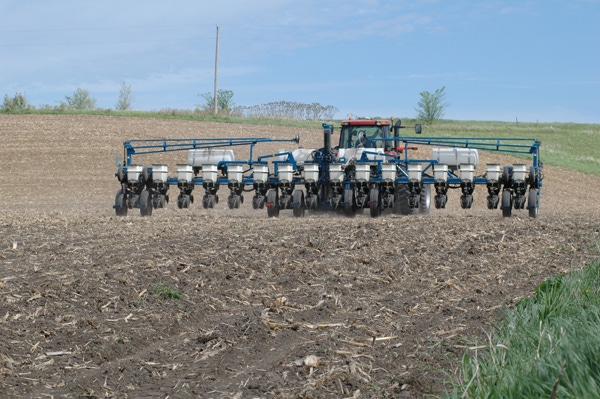
Many of the decisions for the 2020 crop year are probably already made – for planting, in particular. Crop plans might be ready, decisions about labor needs are complete and seed is ordered and will be delivered soon.
These decisions are part of the farm leader’s responsibility, or maybe the farm leadership team, depending on the size and complexity of the operation. But once these management decisions are made, it’s time to turn attention to another critical job of the leader – getting operational plans in place for planting season.
Spring planning
The goal of these plans is that when it’s “go time” in the field, everyone in the operation already knows what they need to do, how they need to do it, and what role they play in creating a successful planting season.
Leaders can start by working backward and first ask: What would a successful planting season look like for our operation? How can we measure our success? What are some metrics that will show employees and everyone in the operation how we are doing right now (our progress)? What do we need to make sure everyone on our farm knows and remembers? What training do we need to do?
Once you’ve answered those questions for your operation and have an idea of where you want to go, you can create an overarching plan for the next month or so leading up to getting in the field. Here are some steps to think through as you make your plan.
Three ideas
Prepare and anticipate what you can. Think ahead to the state you want everything on the farm to be in when it’s time to roll in the field. Especially consider any maintenance that needs to be done to equipment, and ensure that planter set-up has been completed properly. What is your plan to quickly address any breakdowns that happen during planting? Make sure you have extra supplies on hand for the type of repairs that can be done on-site at your farm. What else would be helpful to have on hand and organized during planting season?
Get the team on the same page. Many farmers will have an employee meeting or some type of employee get-together before the spring planting season. This might be more like a training type session where you review important information like safety procedures, equipment operating procedures, any special objectives for this planting season and other topics. Or it could be a bit more of a social gathering where employees’ spouses and children are also invited for a meal and a “thank you in advance” for the longer hours the employees will be working. Some farmers like to have both types of gatherings, since each has a different purpose.
Think carefully about your own time. As the farm’s leader, you can start to become pulled in many different directions, especially during busy seasons. But the operation needs you, as the leader, to also stay focused on the “bigger picture” of the operation – handling the business and financial side even during planting and harvest. Evaluate how you’re planning to spend your time this spring. Is the majority going to be spent doing the things that only you, as the leader, can do? Or is there some “busy work” as well that could be done by someone else? Delegate what you can so you have the time to focus where you make the biggest difference.
Another type of planning that’s critical to building a successful operation is creating and executing good marketing plans. Your operation needs you to keep track of what’s going on with the markets and how that impacts your farm’s needs and numbers. For a partner in this, you can talk with our market advisors.
The opinions of the author are not necessarily those of Farm Futures or Farm Progress.
About the Author(s)
You May Also Like






